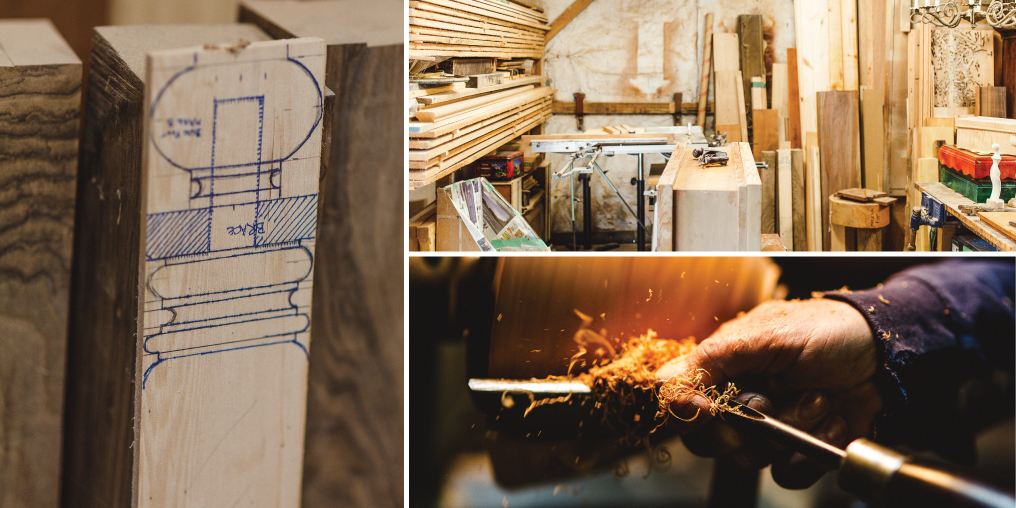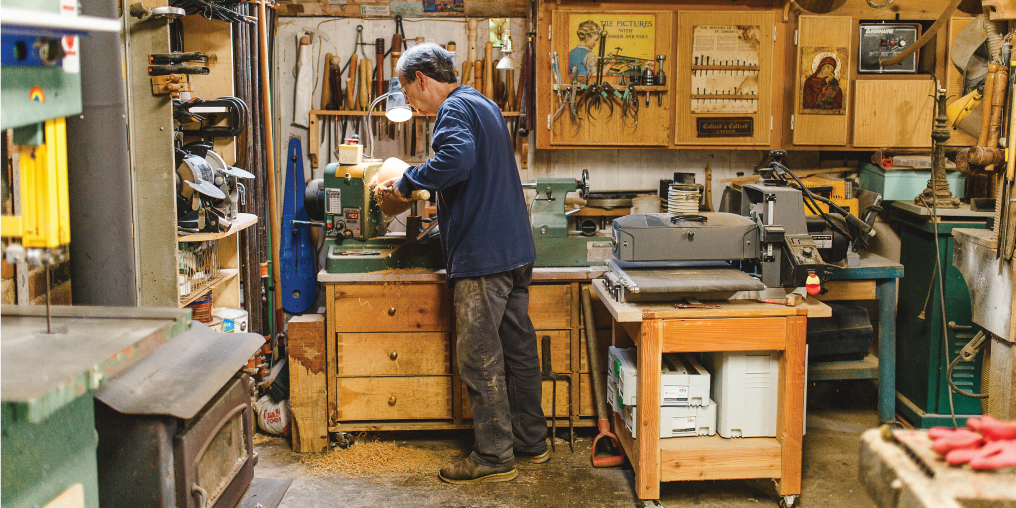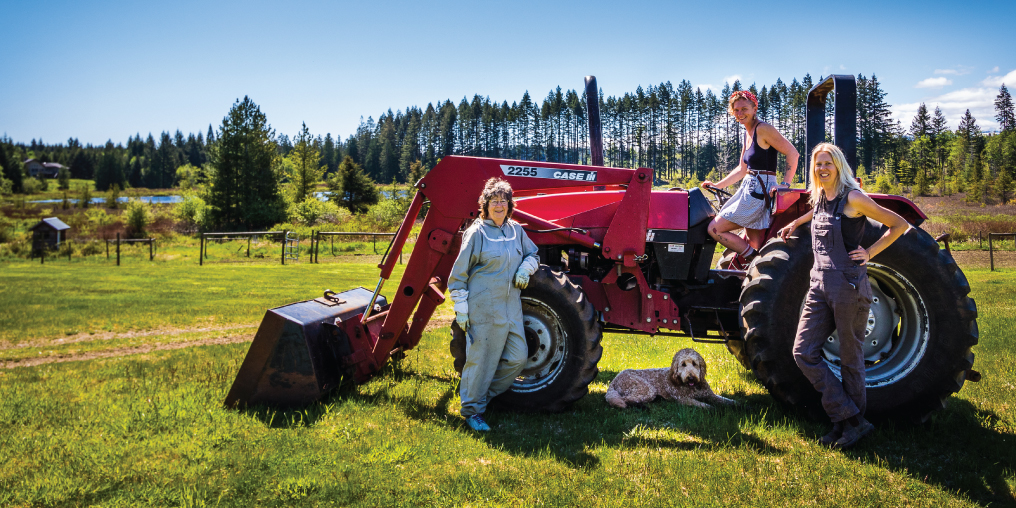My parents were notorious collectors. On any given Saturday, they would pack up our silver E150 Ford Econoline van with a cooler full of Country Time lemonade and Flakes of Ham sandwiches. They would drag my younger brother and me across Grey, Bruce, and Simcoe Counties in search of antique sideboards, step back hutches, and dry sinks. If we were lucky, there was a chip wagon (for millennials, that’s a food truck), and we could stuff our faces with fries and gravy while crossing our fingers that next Saturday we’d head for the beach instead.
The house I grew up in had more turn-of-the-century artifacts than some museums: antique decoys, Shaker chairs, and heirloom furniture acquired from years of attending flea markets, auctions, and garage sales.
My parents have since moved out of my childhood home, but their current home doesn’t look or feel much different. And although COVID-19 has relegated us to backyard visits on the deck or veranda, I can’t help but marvel at the fact that they still have, and use, many of their salvaged treasures from all those years ago.
Now, I’m told that an antique’s only enemy is taste, that fashions will fade, and that wood is fallible. Not every piece of old furniture is vintage, and not every piece of vintage furniture is worth saving.
And these days, you can buy a perfectly good, brand-new dresser online—one that will match your modern-day décor and arrive in three to seven days, depending on your preferred shipping method.

So you may wonder why anyone would go to such great lengths to seek out antiques and vintage pieces, then painstakingly restore them to their original grandeur. Well, for starters, in a time where “sustainability” is an often-used, but not always clearly understood, buzzword—where locally sourced and traceable materials are the exception and not the rule—some people find meaning in preserving pieces that speak to them.
And, of course, there are both practical and economical reasons for buying an old, yet functional, piece of furniture and breathing new life into it. Discerning eyes may find hidden gems within garage-sale bargains: dresser drawers assembled with dovetailed joints, or a bookcase made from solid wood.
Others preserve furniture from past eras as a mark of appreciation for our heritage. Restoring that flea-market find is their way of holding onto a piece of history, one that was made using locally harvested (and perhaps first-growth) trees. It may have travelled only a few short miles from the forest to the mill, from the hands of its maker to its first owner, and eventually to the refinisher as a cultural token of our not-so-distant past.
In closing, I’ll leave you with this thought from veteran Cumberland-based woodworker Rick Olson. As he tells it, before radio and television, and long before social media, the piano was a source of entertainment, an iconic fixture of saloons and parlours in the late 19th century, around which revellers sang, told stories, and gossiped.
There’s something intangible captured in the crooked keys and cracked kickboard of this type of sentimental heirloom with a storied past, he suggests. “It would simply be a shame to let it meet its fate in a landfill.”





